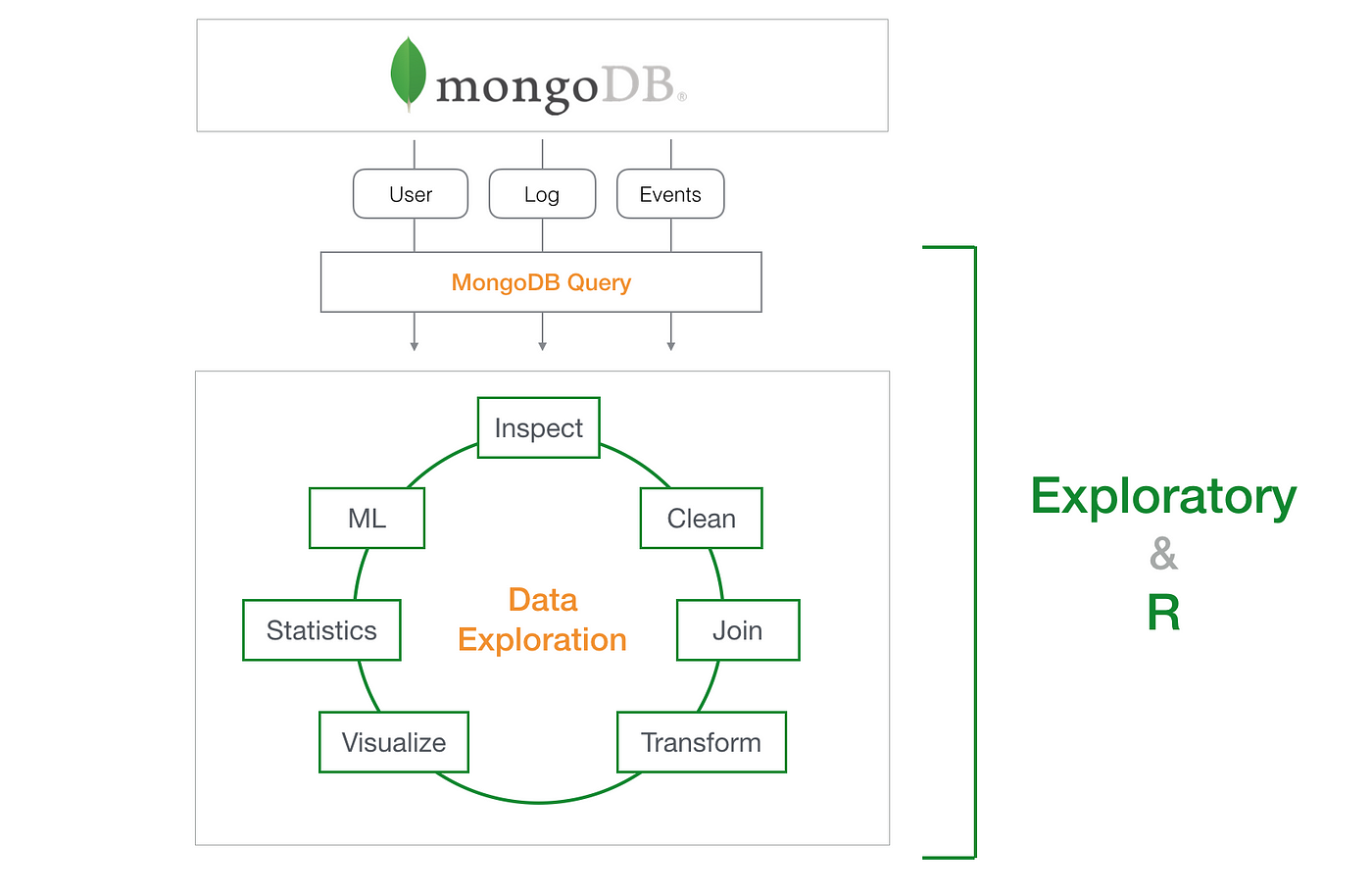Akshada Salunkhe | Understanding MongoDB Queries
Understanding MongoDB Queries: $gt, $gte, $lt, $in, $or
and More
📘 Introduction
MongoDB stores data in BSON format (a
binary version of JSON), which makes it easy to perform expressive and powerful
queries. Query operators in MongoDB are similar to the conditionals we use in
programming languages like JavaScript or Python.
Here’s a quick overview of the operators we’ll cover:
- $gt – Greater than
- $gte – Greater than or equal to
- $lt – Less than
- $in – Matches any value in a list
- $or – Matches documents that satisfy at least one condition
These operators help us filter data based on conditions—just like using WHERE
clauses in SQL.
🛠️ Procedure: Querying with MongoDB Operators
👨💻 Step 1: Insert Sample Data
Open your MongoDB Shell or MongoDB Compass
and insert a sample collection:
db.students.insertMany([
{ name: "Akshay", age: 22,
score: 75 },
{ name: "Riya", age: 20,
score: 88 },
{ name: "Karan", age: 24,
score: 65 },
{ name: "Priya", age: 21,
score: 91 },
{ name: "Mihir", age: 23,
score: 45 }
]);
🧮 Step 2: Use Query Operators
🔹 $gt – Greater Than
Output: Returns students with scores
greater than 70.
🔹 $gte – Greater Than or Equal To
Output: Returns students aged 22 or more.
🔹 $lt – Less Than
Output: Returns students who scored below
70.
🔹 $in – Matches any value in a list
Output: Returns documents where the name is
either "Riya" or "Mihir".
🔹 $or – Logical OR
db.students.find({
$or: [
{ score: { $lt: 60 } },
{ age: { $gt: 23 } }
]
})
Output: Returns students who either scored less than 60 or are older than 23.
🔮 Future Scope
MongoDB continues to evolve, and so do its
querying capabilities. Here’s how these operators will remain relevant:
- ✅ Advanced Analytics: Combined with aggregation pipelines, these operators
help in complex analysis.
- 📱 Modern Applications: Used in filtering search results, e-commerce
filters, and user dashboards.
- 🤖 AI & ML Integration: Data filtered with these queries can be
used for model training.
- 🚀 Performance Optimization: Indexes work hand-in-hand with queries
for faster results.
As MongoDB expands to cloud platforms and integrates with modern tech stacks
like Node.js, Python, and React, mastering these query operators is not just
useful—it's essential.
✨ Conclusion
MongoDB's
query operators like $gt, $lt, $in, $or, and $gte are simple yet incredibly
powerful. They make data interaction fast, clean, and expressive. Whether
you're a student or a developer, learning to use these queries effectively
opens doors to building smarter applications
Akshada Ankush Salunkhe
University: Shri Balaji University, Pune
School: School of Computer Studies
Course: BCA (Bachelor of Computer Applications)
Interests: NoSQL, MongoDB, and related technologies








Good 👍🏻
ReplyDeleteWell done !
ReplyDeleteVery helpful blog!!
ReplyDeleteGreat job 👏
ReplyDeleteNice and useful blog
ReplyDeleteWell explained 👏🏻
ReplyDeleteVery informative
ReplyDeleteWell Explained
ReplyDeleteWell done !
ReplyDeleteWell done 👍✅
ReplyDeleteExcellent work
ReplyDeletevery Informative
ReplyDelete